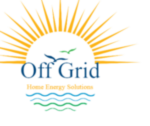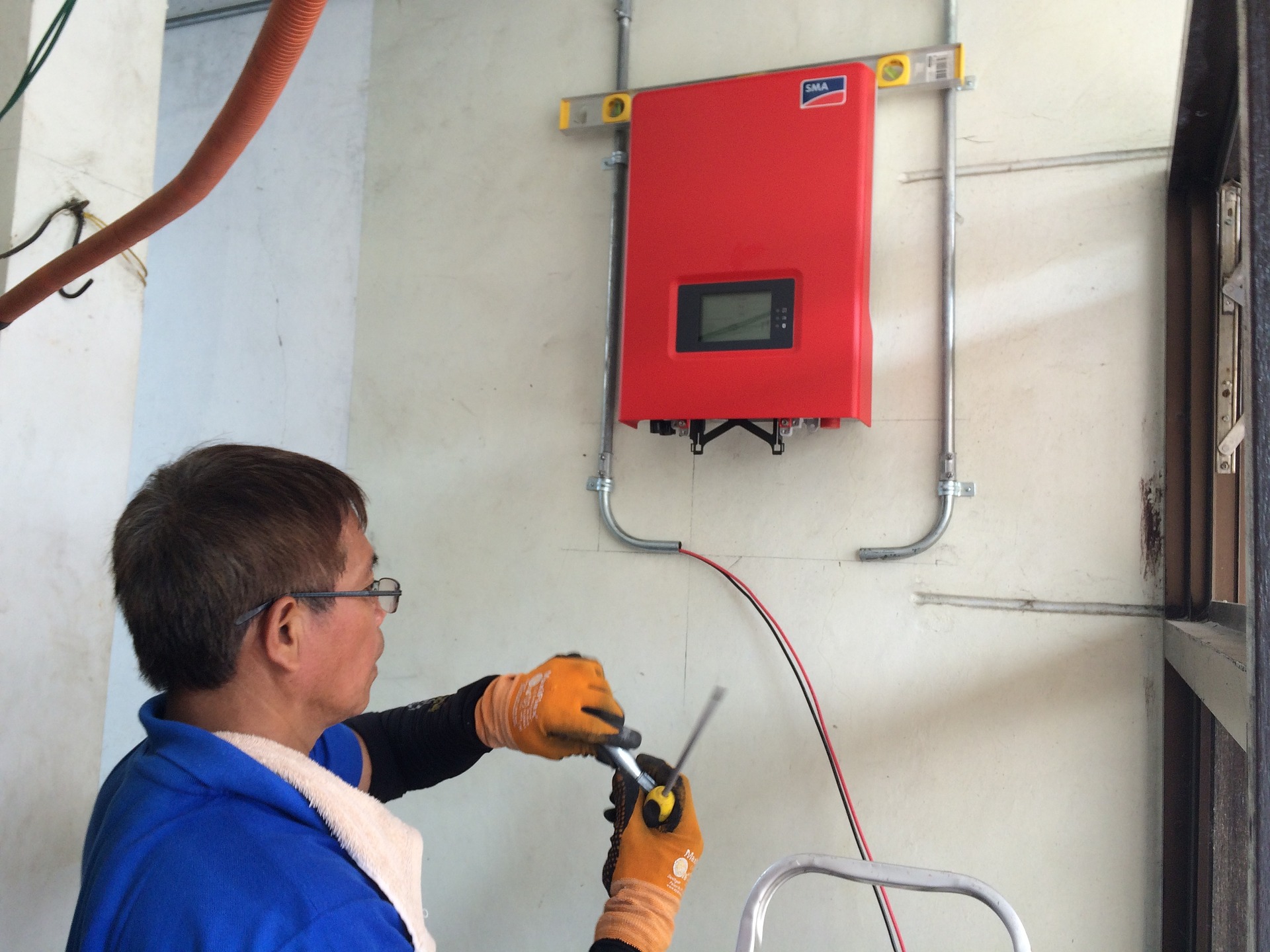Off-grid inverters are a great option for homes that don’t have enough electrical power to run appliances. Inverters work by converting DC current into usable AC current. They also have batteries to store energy for later use. The continuous power needed for off-grid homes is between four and 16 kW. For a small household, four kW should be enough. For a large family, 16 kW will do.
Off-grid inverters work by drawing power from the battery and converting it into AC. While a regular inverter can only convert AC power if the grid is present, an off-grid inverter does not need backup power and can run on the energy stored in a bank of batteries. Besides a battery bank, off-grid inverters can also run on a backup generator to provide energy during times when there is less sunlight.
Off-grid inverters can be configured to operate entirely on solar energy if the amount of available solar energy is sufficient. In case the solar energy is insufficient, a load is powered by a battery, and the inverter runs the load on the mains. Using solar energy to charge the battery is an efficient way to cut your monthly expenses. There are several types of off-grid inverters, including DC and AC inverters.
Choosing the right off-grid inverter for your home requires technical know-how. It’s easy to get overwhelmed and start looking for the right equipment – but deciding on the right inverter is one of the most important decisions you’ll make. So, how do Off-Grid Inverters work?
The main difference between grid-tied and off-grid inverters is how they work. Grid-tied inverters are connected to a utility grid and work in conjunction with it. They are more efficient and are often the best option for homes in areas with fewer power outages. On the other hand, grid-tied inverters are connected to the grid and can also feed power back into it.
Inverters convert direct current (DC) into alternating current (AC). They do this by switching direction rapidly. The AC output produced by the inverter is a clean sine wave that can be injected into the power grid. The power is then converted back into the form you need to use appliances. A sine wave is a repeating pattern of voltage and alternating current. This means that it will not damage any electrical equipment.
On-grid systems use a solar charge controller to convert the DC to AC and run your household’s appliances. They can also be connected to a grid-tied solar system to export excess power to the electricity grid. This method is also known as Net metering, and the excess electricity generated by the solar system is sent back to the utility grid through an energy meter or stored in a battery storage system.
Off-grid inverters can be purchased in one of two sizes, four-kW or eight-kW. They also allow you to stack multiple inverters to generate 80 kW of power. These devices are also compatible with other power supplies, including solar panels. The benefits of off-grid inverters are numerous and they are highly customizable. If you’re concerned about installation, consider the above options.
Off-grid systems are not connected to the power grid, and the electricity generated from solar panels is stored in batteries. The batteries store excess power and feed it to the inverters, which then convert the DC power to AC power that can be easily digested by your appliances and electronics. In turn, your energy bills are reduced, and your home’s security is increased. You’re now free from the power company’s interference.

